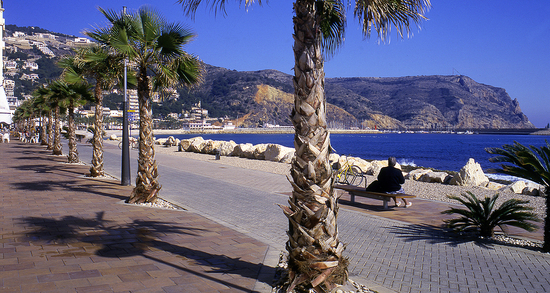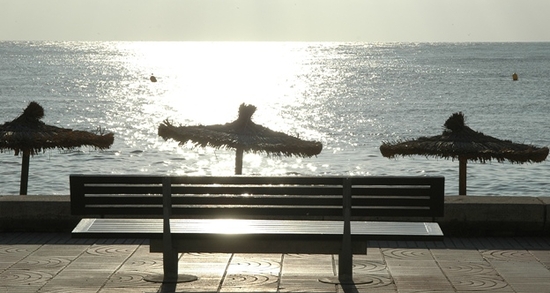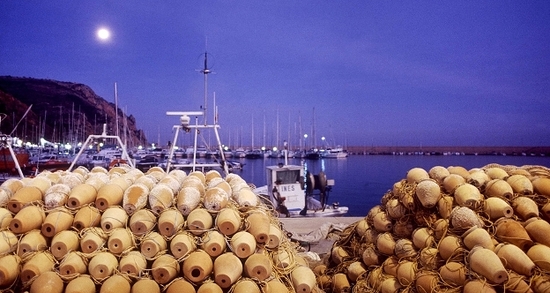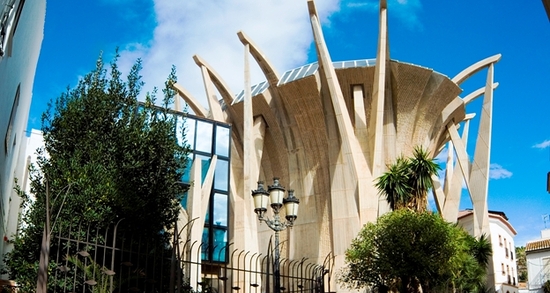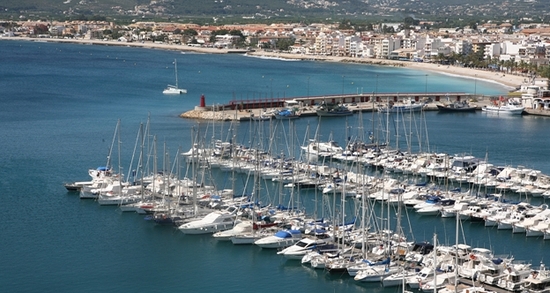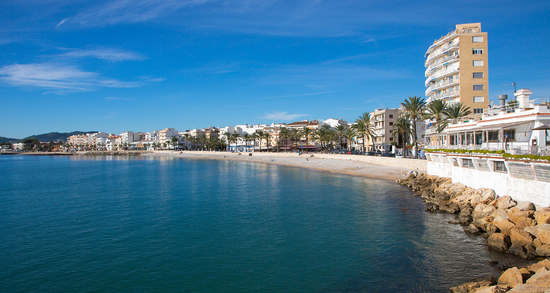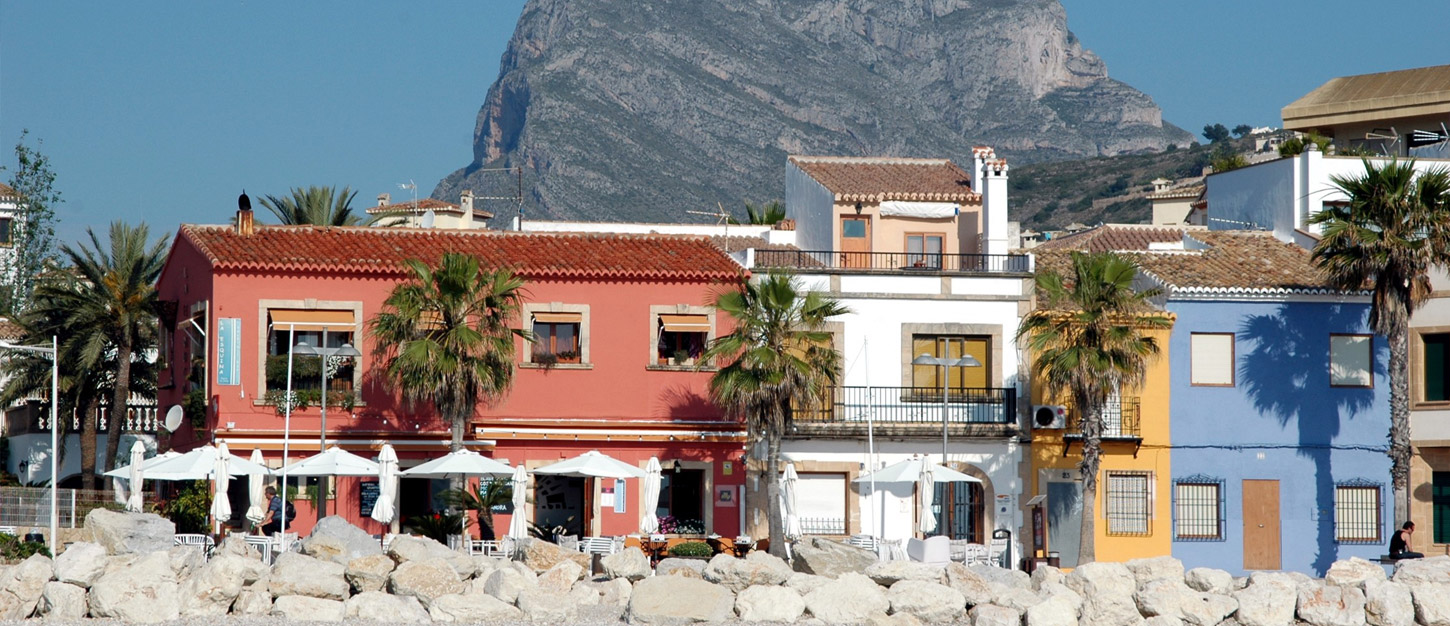

The Port of Xàbia, Duanes de la Mar.
The Port's origins date back to the 15th Century, but it was in the mid-16th Century when it acquired major importance which continued to grow in subsequent centuries; in the 19th Century, the city achieved its greatest success due to the raisin export trade. The first known jetty and boat pier date back to 1871. When the raisin trade entered into crisis at the end of the 19th Century, it then solely developed the fishing activity.
A neighbourhood with a major seafarer character arose around the Port with old whitewashed fishermen's houses with ground floors and narrow streets.
The charm of this neighbourhood is highlighted by the sculptural silhouette of the church: Iglesia de Nuestra Señora de Loreto, inaugurated in 1967, a major example of avant-garde religious architecture which is famous for its daring linear design and its conception of space.
Another outstanding building in the Port is the Casa del Cable (1860), of which only the pillars of the portico gallery (“naia”) have been conserved; it has been refurbished as an Exhibit Hall.
This neighbourhood has developed over the years without losing its original charm. At present, Duanes de la Mar is one of the liveliest neighbourhoods all year round. We can find all kinds of shops, restaurants and business services in its busy streets.
The arrival of the fishing boats, the auction and subsequent fish & seafood sale in the fish market called "La Lonja" has become an essential tourist attraction for our visitors. Next to the port, the Yacht Club (Club Náutico) offers a wide range of options for nautical sports fans.
Various events and holiday festivities are celebrated during the year, such as the Moors and Christians festivity during the month of July. However, the most popular and entertaining holiday for the Duanes citizens are the festivities dedicated to their Patron Saint, "La Virgen del Loreto" in the first week of September.






